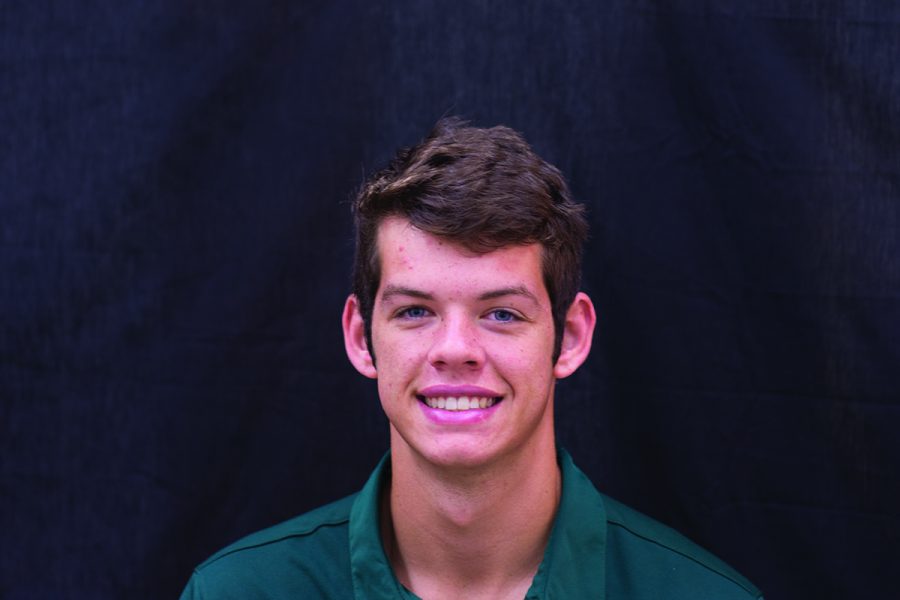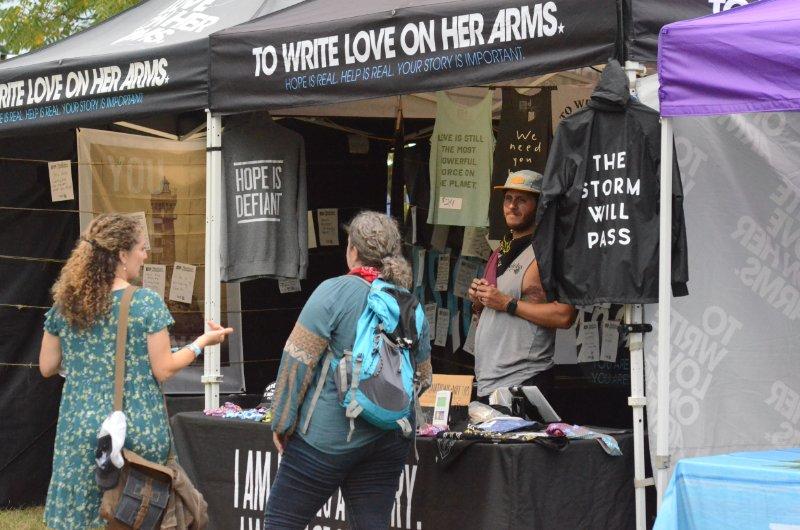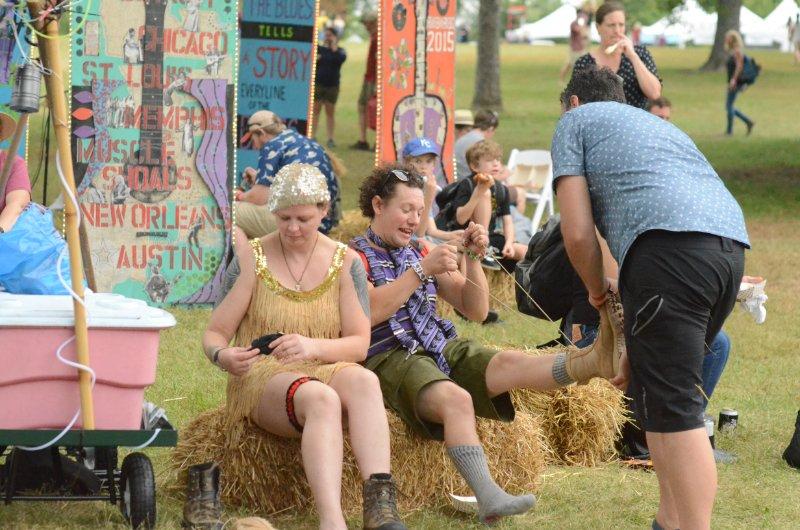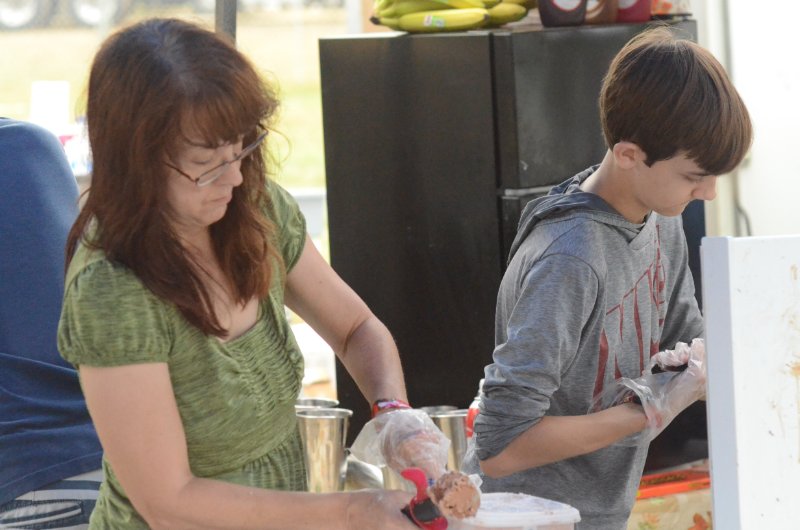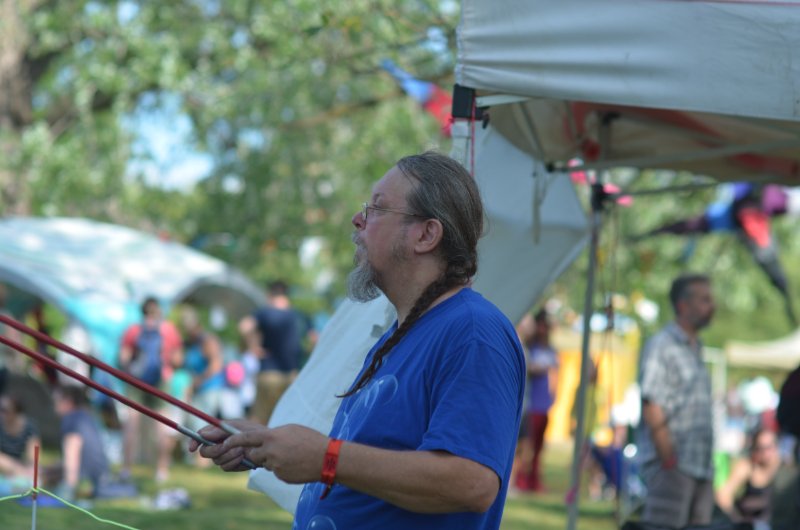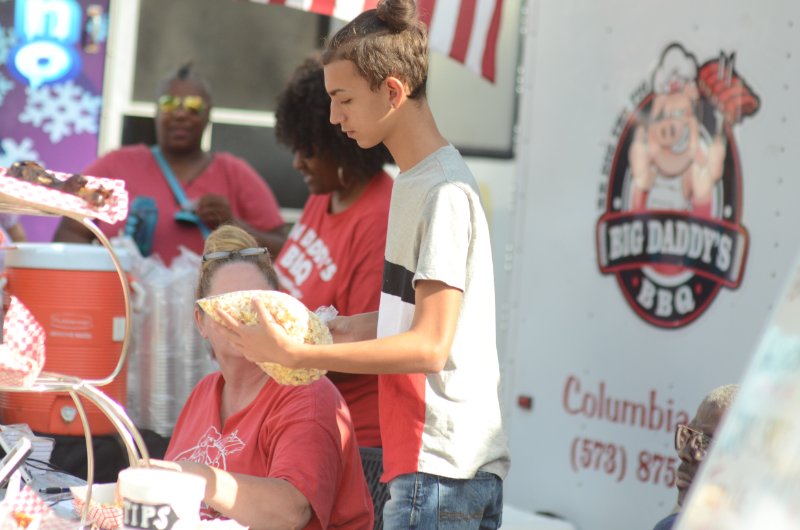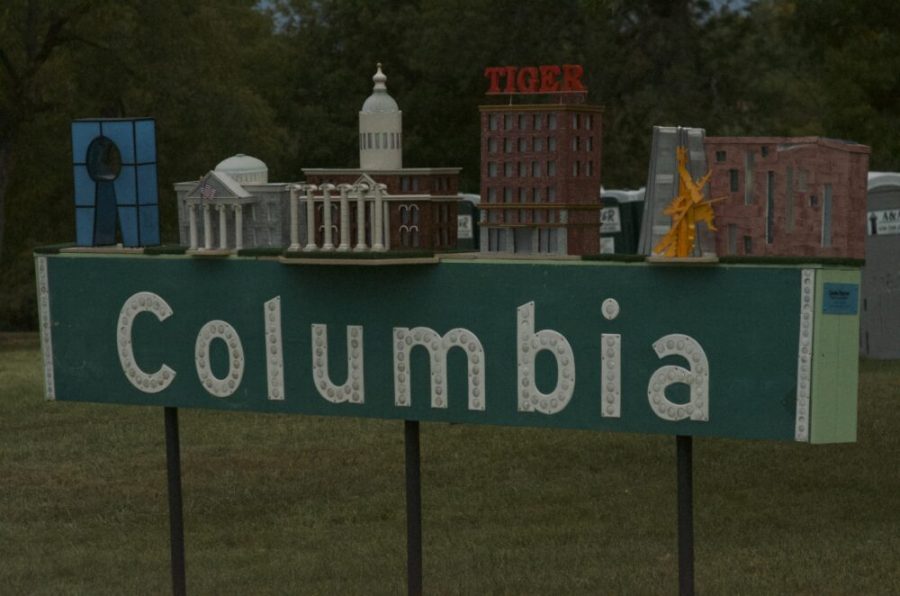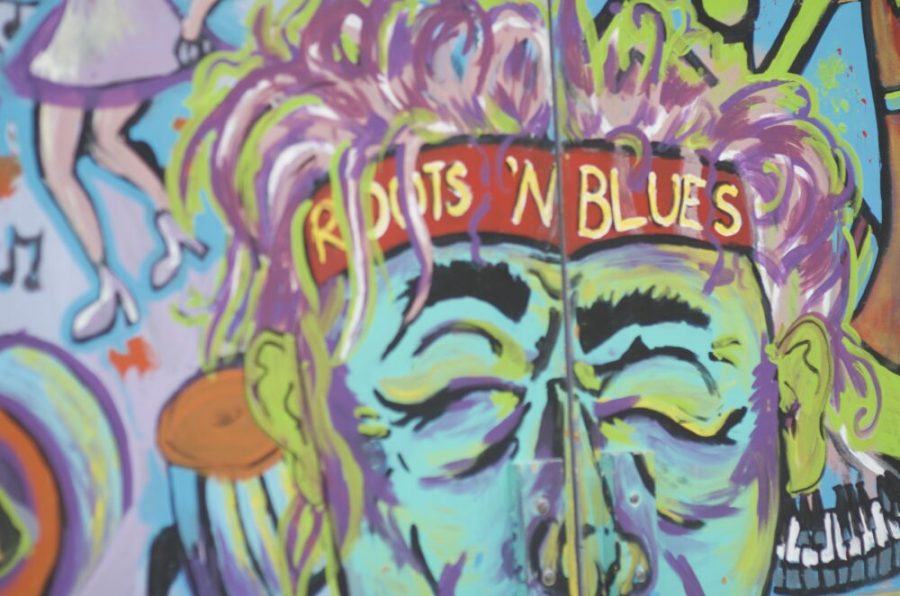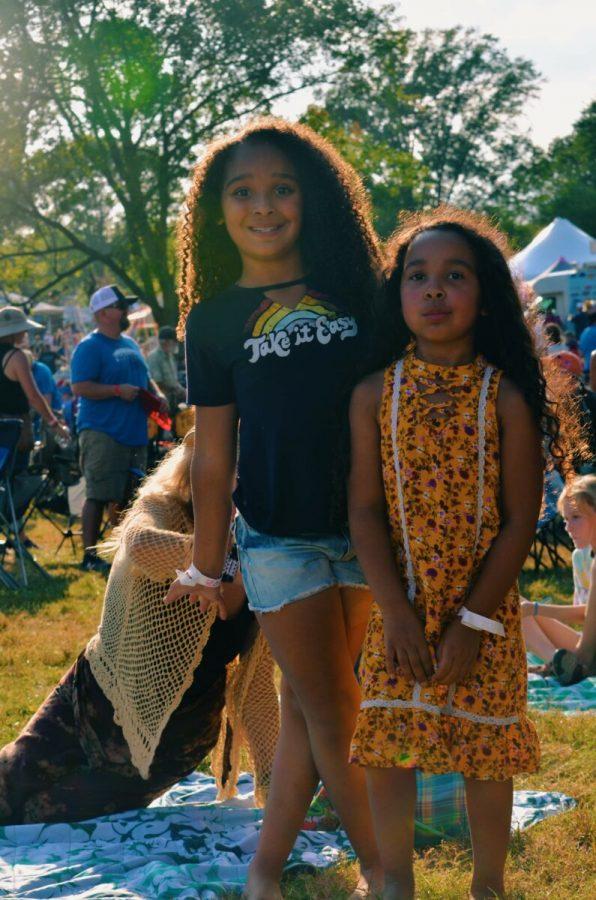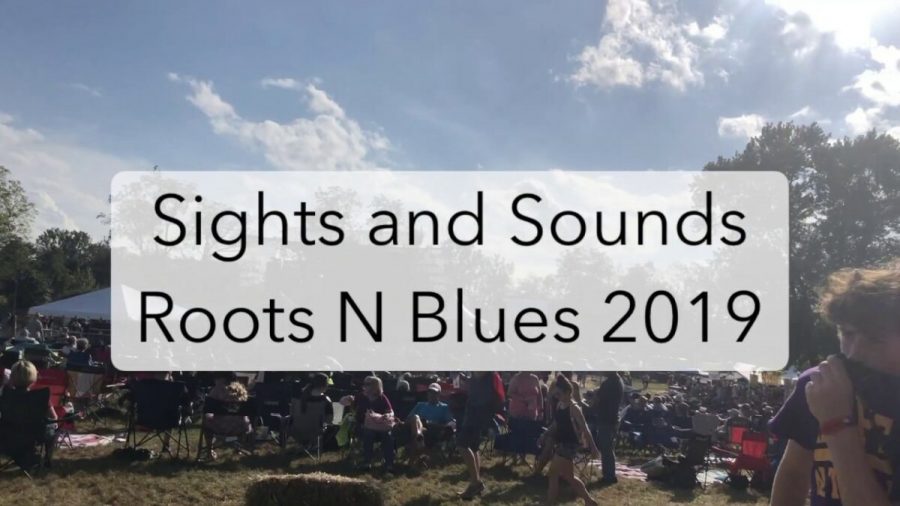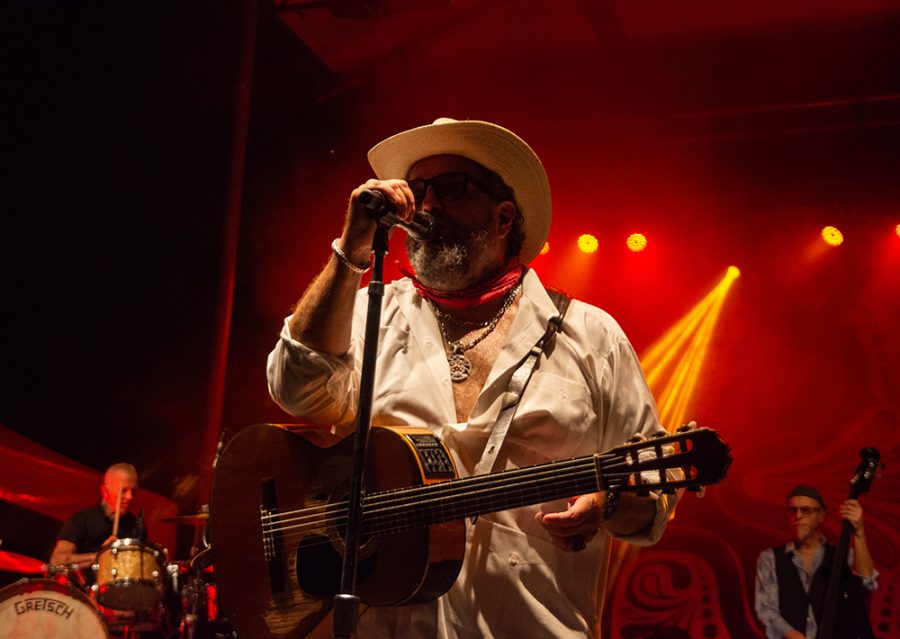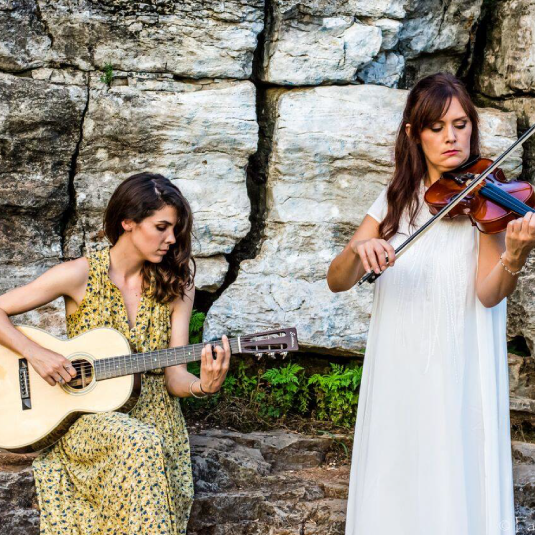Stacy (Wildy) Self is a Roots N Blues patron and the creator Wildy’s World, a place of interactive and collaborative art. While visiting Wildy during the festival, her friend Carrie Smarr spoke on the therapeutic value of art and her opinions about the importance of art for children, adults and communities. To read more about the founder of Wildy’s World and her thoughts on Roots N Blues, click here.
How do you know Wildy Self?
“We’re good friends. We met right after she moved to this community.”
What are your thoughts on what she is doing?
“I love it so much. I think it adds so much to any event. Just to have a community-made piece of art is just a beautiful collaboration, and just what she gives to the community and the therapeutic aspects of – some people say, ‘I’m not an artist,’ or ‘I’m not good at art,’ and she just lets them be free and lets everyone organically create something together, and it’s very therapeutic and fun and just, yeah, I love it.”
Have you ever participated in one of her pieces?
“I have. She’s done a couple for True/False Film Festival that I’ve contributed on, and then she has the Tigers on the Prowl. There was a bunch of different tigers that different artists and businesses did, and they raffled off the money for charity, but hers is just millions of little dots done with a Q-Tip, and this tiger’s like a sculpture this big, [up to my ribcage], and it’s just all dots. It took her forever to do, but I just did little dots. And so just, like, the zen of it and how therapeutic and calming it is is definitely my thing.”
Wildy Self: “It’s so funny. I heard you. I would tell B ‘I’m going to paint the tiger for two hours,’ and I’d come back 10 hours later.”
“Yeah, she’s like, “Oh, I’ve been doing this for like 20 hours.” Like, you’re crazy.”
Why do you think it’s important for places like Columbia to have this access to the fine arts?
“Well, for one thing, public school’s don’t have the art programs that they did even in, say, like the 80s when Wildy and I were in elementary school. And it’s very important for children to be able to express themselves, and it’s very important for adults to be able to express themselves and just put paint to canvas and not know necessarily what’s going to come out, but not have any boundaries in thinking, like, “I’m not an artist,” or, “I’m not any good at this, just kind of as a community and a collective effort making something together that you’re proud of.”
You had talked about the therapeutic value, how is art therapeutic?
“It just gets you to a very zen-like state. When you’re just putting dots or you’re just doing motions, it can be very therapeutic for people with, like, Post Traumatic Stress because it involves movement and expression for people who don’t know how to express themselves in words, or for people who’ve always wanted to do something artistic but didn’t really know where to start.”[vc_masonry_media_grid element_width=”2″ grid_id=”vc_gid:1569814380126-46528c37-bc44-9″ include=”317660,317659,317658,317657,317656,317655,317654,317653,317652,317651,317650,317647,317646,317645,317644,317507″][penci_text_block block_title_align=”style-title-left” custom_markup_1=””]How do you think art influences a community? Let us know in the comments below.[/penci_text_block]














































































